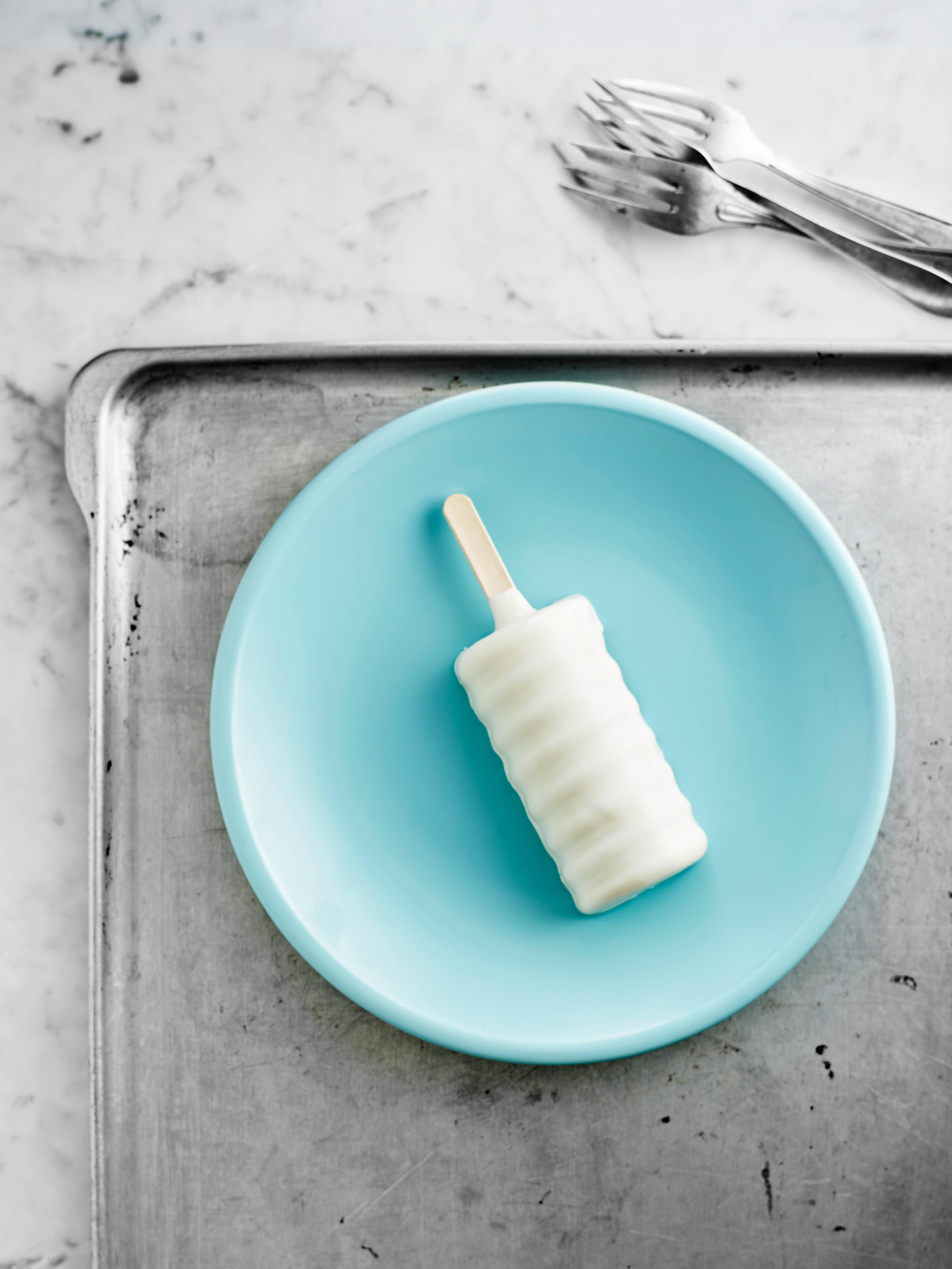
Discover the Amazing Benefits of Carbs in Jicama for Your Diet
Jicama, also known as the Mexican turnip, is a crunchy root vegetable that's been gaining popularity in health-conscious diets. With its unique taste profile and impressive nutritional breakdown, jicama serves as an excellent option for anyone looking to improve their meals. Not only does it offer a low-calorie alternative to traditional snacks, but it also boasts several health benefits primarily driven by its carbohydrate content. In this article, we’ll explore the six remarkable benefits of carbs in jicama for 2025 and beyond.
As we dive deeper into jicama, we will uncover its health benefits, delve into its fiber content and how it compares to potatoes, and share some unique jicama recipes. We'll also provide preparation tips, storage methods, and serving suggestions to help you integrate jicama into your diet effectively. By the end of this article, you will find inspiration on how to enjoy this exceptional vegetable in various dishes!
Understanding Jicama Nutritional Value
Jicama is valued for its low calorie content and high fiber properties. With only about 38 calories per 100 grams, jicama is a fantastic addition to any meal or snack. Not only is jicama low in calories, but it is also high in dietary fiber, with approximately 4.9 grams of fiber per 100-gram serving. This fiber plays a crucial role in promoting digestive health and can aid in weight management.
Jicama's fiber content can help you feel full longer, thus possibly reducing your overall calorie intake. Its low glycemic index makes it a safe option for diabetics, as it does not cause rapid spikes in blood sugar levels. Additionally, jicama offers an array of vitamins and minerals, including vitamin C, vitamin B6, potassium, and magnesium, which contribute to its overall health benefits.
To maximize the benefits of jicama in your diet, consider how to prepare it. Jicama can be enjoyed both raw and cooked, depending on your preference. Raw jicama is often used in salads, while cooked jicama can be included in stir-fries or soups. However, it is essential to note that the nutritional content may vary between raw and cooked preparations.
Jicama and Its Health Benefits
Continuing from the nutritional breakdown, let’s explore the health advantages of incorporating jicama into your meals. One of the standout features of jicama is its role in improving digestive health. The high fiber content promotes regular bowel movements and prevents constipation.
Furthermore, the antioxidants found in jicama can help combat oxidative stress in the body. These antioxidants, along with its vitamins, contribute to a strengthened immune system, helping your body to ward off common illnesses. A diet rich in antioxidants, including those found in jicama, is essential for overall wellness.
Jicama's unique combination of fiber and antioxidants also plays a role in cardiovascular health. By eating jicama as part of a balanced diet, you may help reduce cholesterol levels, thus supporting a healthy heart. Moreover, maintaining healthy hydration levels is crucial, and jicama can assist in this area as it has a water content of approximately 90%, making it an excellent choice for hydration.
Jicama in Comparison to Potatoes
When comparing jicama to potatoes, it’s vital to look at several factors, including calorie count, carbohydrates, and nutrition. Jicama boasts a lower calorie count, providing a satisfactory alternative for those watching their caloric intake. On average, boiled potatoes contain around 87 calories per 100 grams, which is considerably higher than jicama. When it comes to carbohydrate content, jicama has fewer carbs than traditional potatoes, making it a great low-carb option. Nutritionally, while both vegetables offer various vitamins and minerals, jicama provides a more diverse range of beneficial nutrients, particularly antioxidants and fiber. In this light, choosing jicama over potatoes can greatly enhance your health-conscious eating.
Practical Jicama Recipe Ideas
Delving into practical applications, incorporating jicama into your meals is not only easy but incredibly versatile. One exciting way to enjoy jicama is through a refreshing salad. A jicama salad can include ingredients like bell peppers, avocado, and a squeeze of lime for a zesty and nutritious dish.
For a heartier option, consider a jicama stir fry. Combine jicama with your favorite vegetables, proteins, and choice of spices for a quick meal. Another popular way to utilize jicama is in various snack forms, such as jicama chips or jicama fries, which offer a crunchy alternative to potato chips. This allows you to enjoy the satisfying texture without the extra calories and carbs found in traditional snacks.
To add some variety to your jicama recipes, try mixing jicama into smoothies, incorporating its fiber-rich content for a nutritional boost. This can be an innovative way to cater to your health needs while enjoying a delicious treat. Remember, jicama pairs well with spices, dips, and other veggies, enabling you to explore endless culinary possibilities.
```